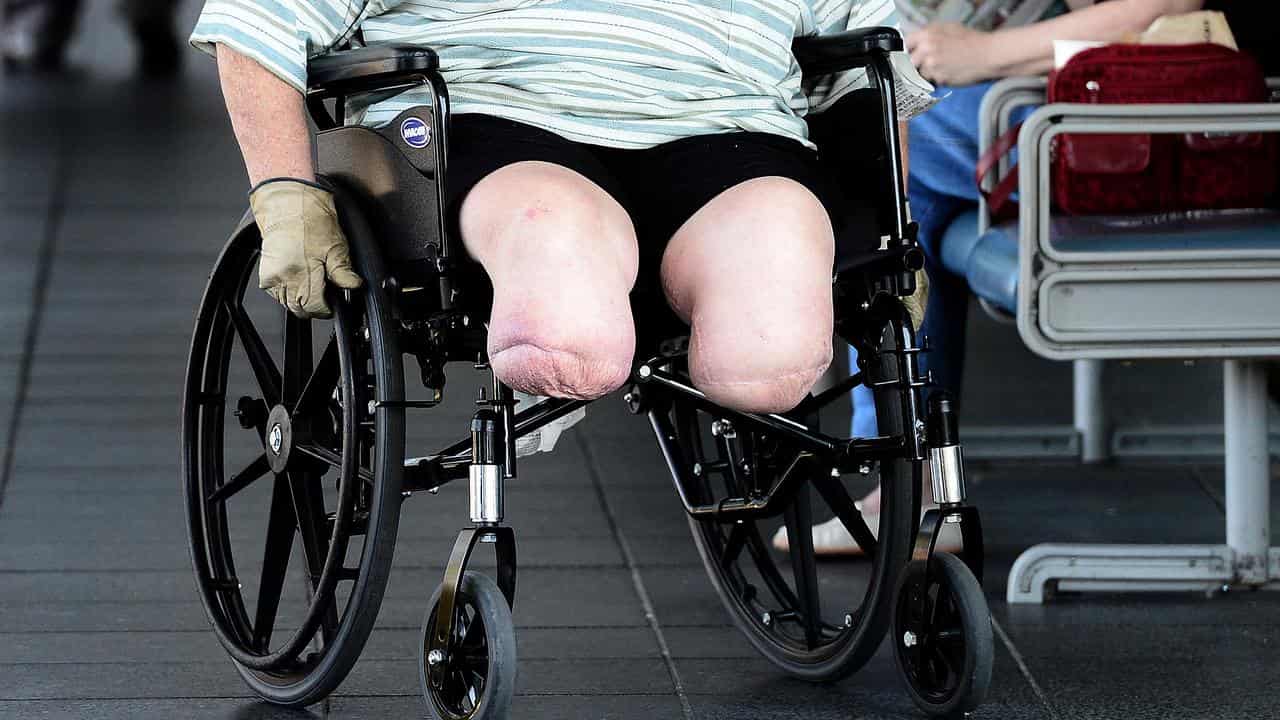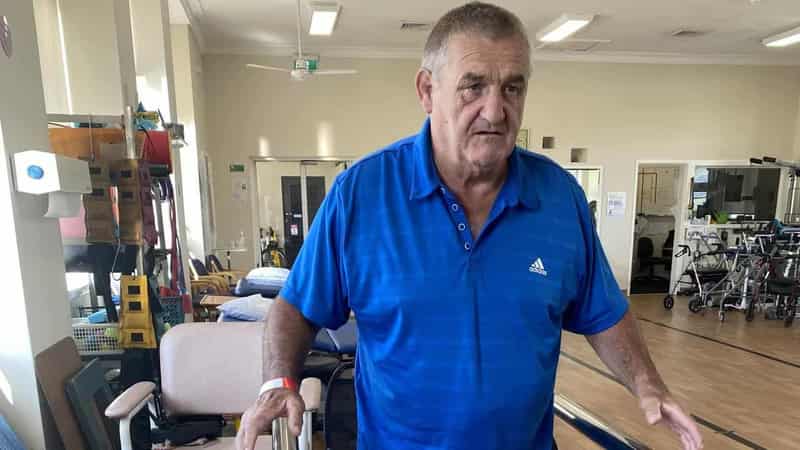
An existing drug used to kill tumour cells in cancer patients could be used to save the limbs of cardiac patients with blocked arteries in their legs.
A study by the Heart Research Institute has found Conatumumab can effectively treat Peripheral Artery Disease.
The disease is a vascular disorder that causes abnormal narrowing of lower limb arteries, by effectively growing new blood vessels, bypassing the blockage and restoring blood flow in affected parts of the body.
Associate Professor Mary Kavurma, who leads the Sydney-based institute's Centre for Peripheral Artery Disease, says the discovery paves the way for human trials.
“It’s incredible, we’re pretty excited,” she said.
She said Peripheral Artery Disease was the “Cinderella” of cardiovascular disease and received much less attention than heart disease or stroke, but is essentially the same disease, involving blockage of the blood vessels in limbs, most commonly legs.

The disease affects one in five older Australians and is responsible for one limb amputation every two hours.
Currently, there is no treatment to stop the disease, with the best option for patients slowing its progression.
“It's absolutely awful,” Prof Kavurma said.
“And the amputation doesn't actually fix the underlying problem, which is the blocked blood vessel, so many patients can end up having recurrent amputations, it might be the toe first and the foot, then below the knee, then above knee.”
Mark Forrester, 68, is among the sufferers who have had multiple amputations.
Due to a lack of blood flow to his left foot, he had three toes progressively amputated before his surgeon made the decision to amputate below the knee in 2012.
Last year, he developed issues in his right leg and his foot was swollen.
“I went to the doctor again and he tried stents and he said, ‘you’re just not getting enough blood flow down to the foot’,” he said.
“So zip zip, as they say, Black and Decker,” he said of the amputation of his right leg.
Mr Forrester's now learning to walk on prosthetic legs with the aid of a walking stick.
"It comes as a shock when it happens so quickly, but you’ve got to live on,” he said.
He said the potential new treatment for the disease would be a “game-changer”
“It’s a big thing, it could help thousands of people and that’s unbelievably good news,” he said.
Prof Kavurma said the disease costs the economy an estimated $875 million a year.

“And that number is probably an underestimate, because 50 per cent of PAD patients don't actually know that they have it," she added.
"So this drug could save money, as well as improving quality of life and saving limbs, and lives in the long run.”
Toxicology and safety studies for the drug have already been done for its role as a cancer drug.
“Knowing that the drug is safe for use in patients means we could now move very quickly to the next stage of research and we can see this going to market within the next five years,” Prof Kavurma said.









